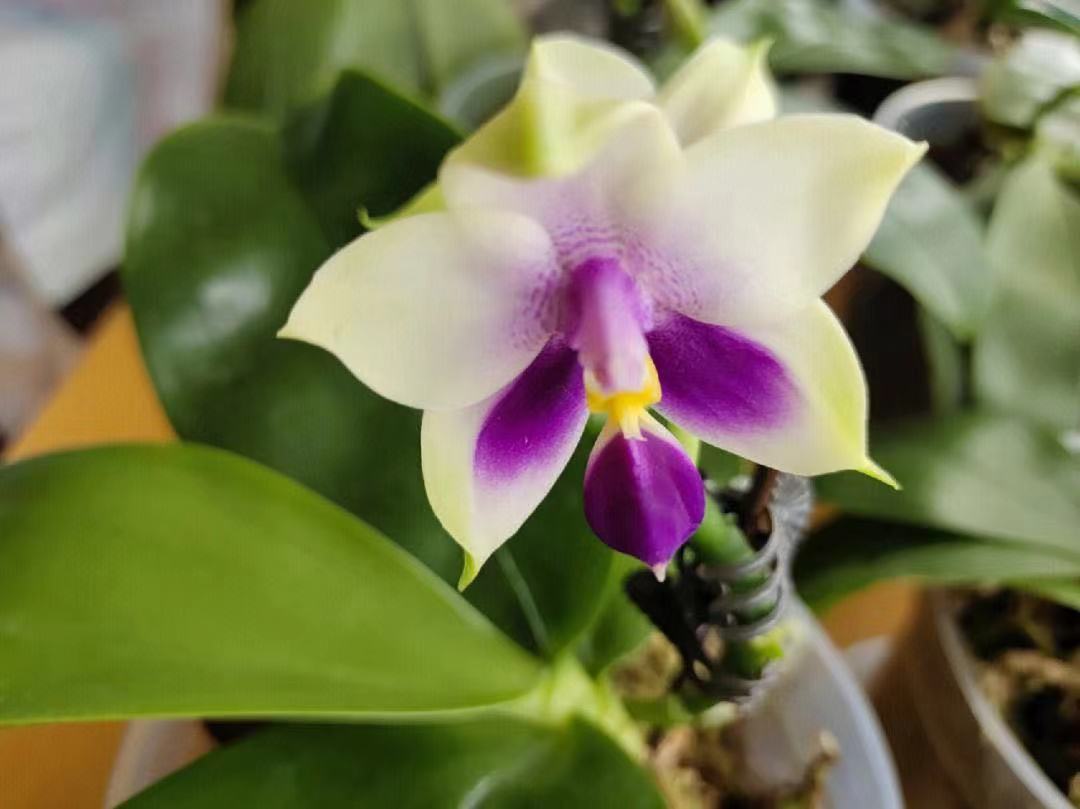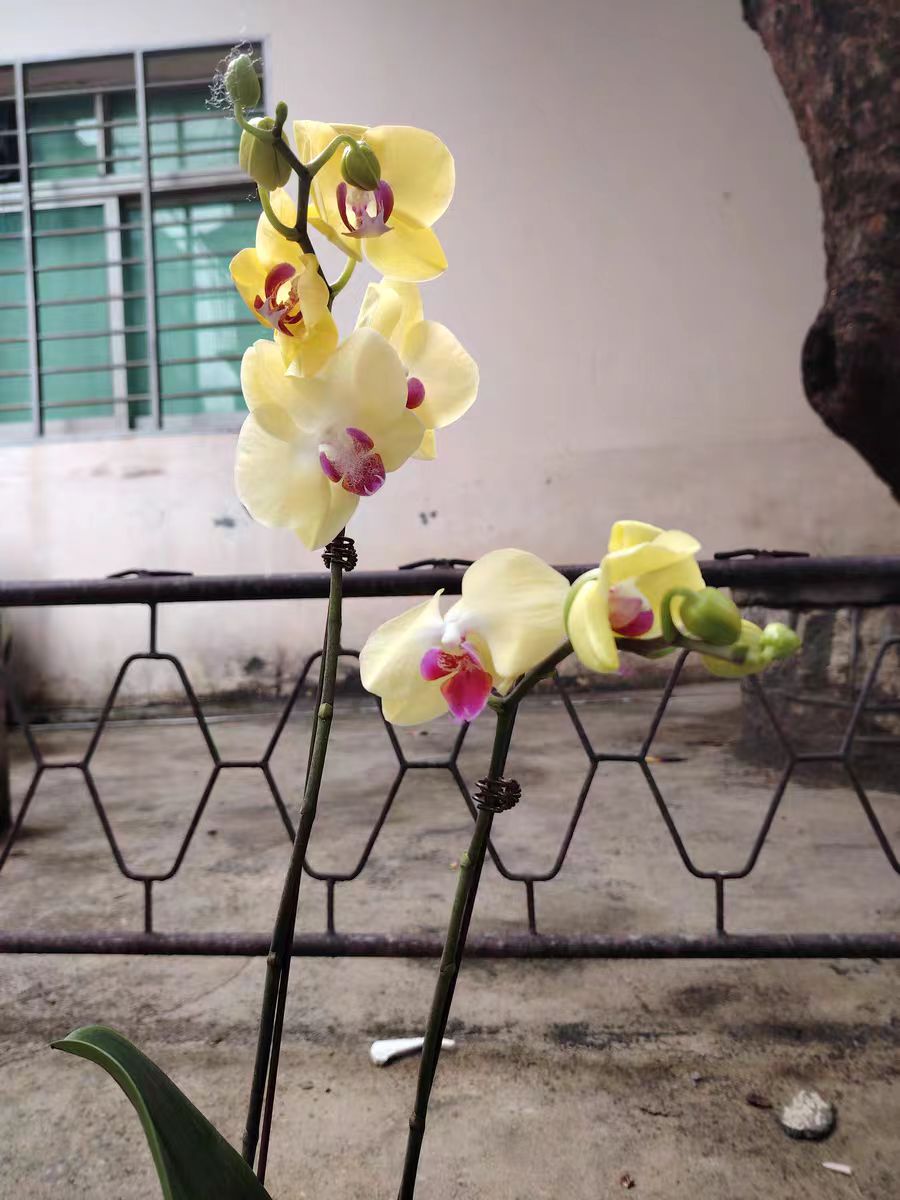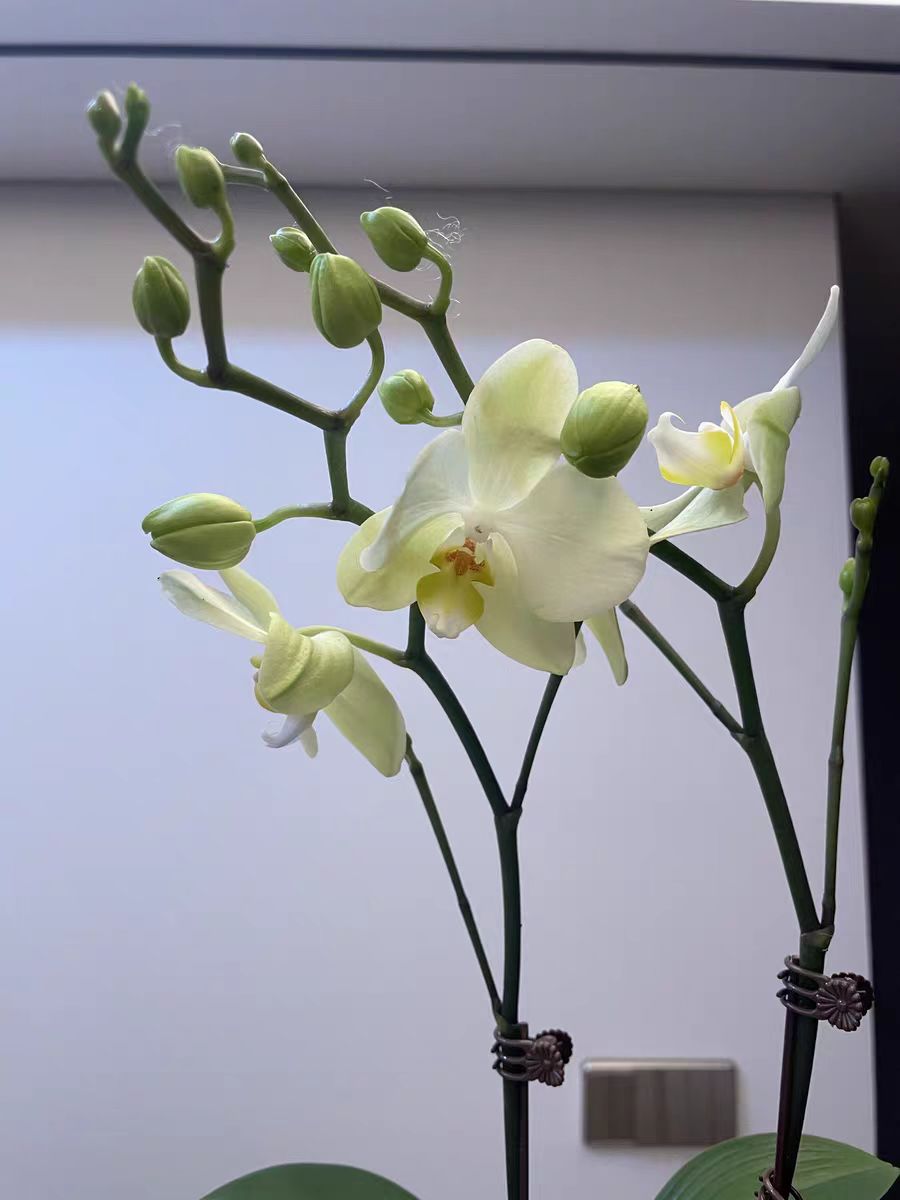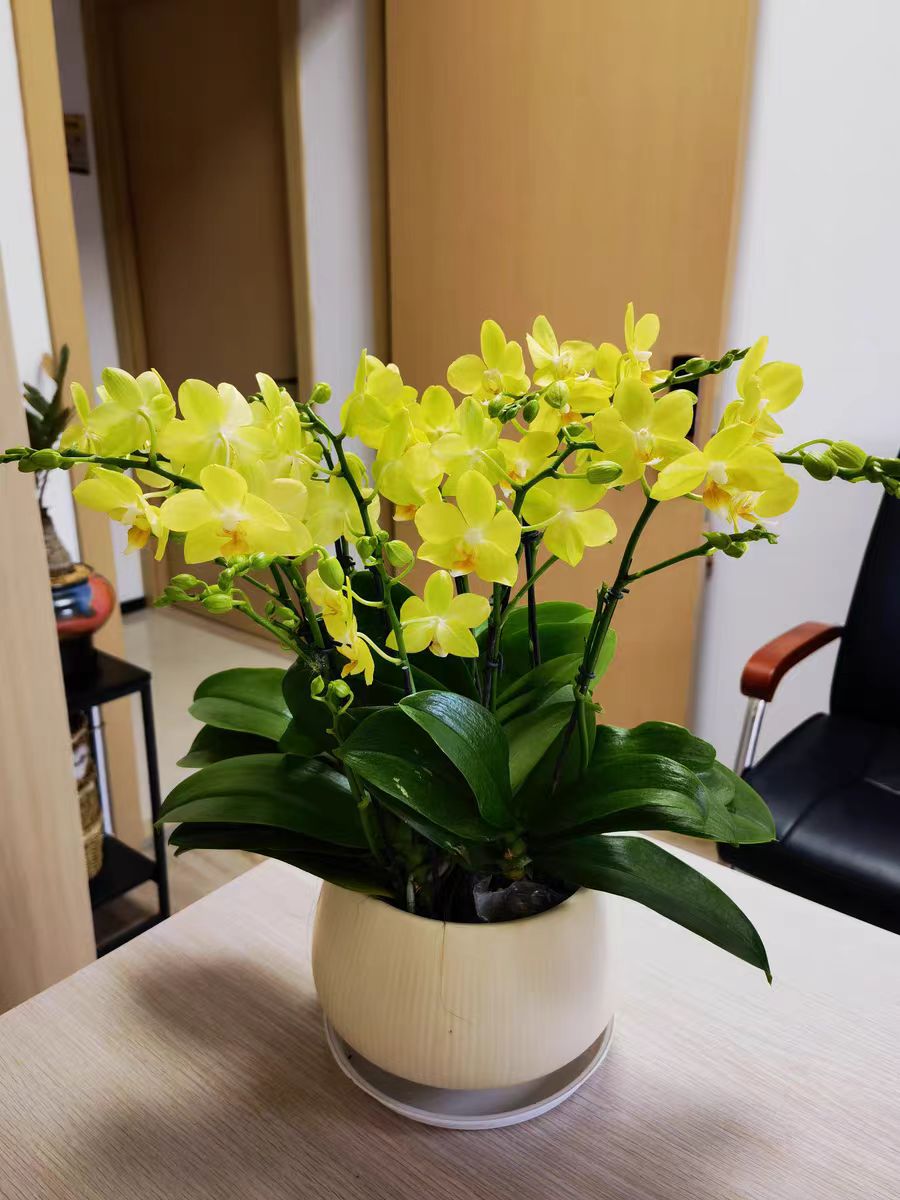Phalaenopsis bellina, native to Malaysia, Sumatra and Java in Indonesia, has large and round leaves with waxy luster. It is the original species of Phalaenopsis with the most intense fragrance, and this fragrance characteristic will be inherited by its descendants.
Phalaenopsis bellina has specific requirements for the soil in which it grows. First of all, breathability is the key. Good breathability can ensure that the roots can breathe freely and take in sufficient oxygen. If the soil has poor breathability, the roots are prone to hypoxia, thereby affecting the normal growth and development of the plant. Water retention should not be ignored either. It requires the soil to be able to retain a certain amount of moisture to meet its water demand during the growth process. However, water retention does not mean water accumulation; moderation is the most important principle. Drainage is also crucial. If excessive water cannot be drained quickly and the roots are soaked in water for a long time, problems such as rot will occur, and in severe cases, it may even lead to the death of the plant. In addition, the soil should also be rich in organic matter. Rich organic matter can provide the necessary nutrients for Phalaenopsis bellina to thrive. In order to allow Phalaenopsis bellina to grow healthily and have abundant flowers, we must provide it with a soil environment with good breathability, moderate water retention, excellent drainage and sufficient organic matter.
Phalaenopsis bellina is deeply loved by people for its beautiful flowers. However, sometimes its flowering time may be delayed, which may be caused by the following common reasons. First, the lighting conditions are not ideal. Phalaenopsis bellina requires sufficient scattered light for normal growth and flower bud differentiation. If there is insufficient light, the efficiency of photosynthesis will decrease, and it cannot provide enough energy for flower bud development, resulting in delayed flowering. Second, the temperature control is improper. It is sensitive to temperature, and both too high and too low temperatures will affect its growth rhythm. Too high a temperature may cause the plant to grow leggy and neglect the formation of flower buds; too low a temperature will slow down the growth rate and delay the process of flower bud differentiation. Third, the fertilization is unreasonable. The lack of key nutrients, such as phosphorus and potassium, will hinder the normal development of flower buds. But excessive fertilization or imbalance in fertilizer ratios may also cause fertilizer damage and affect the normal physiological functions of the plant, resulting in a delay in flowering time. Fourth, there are errors in water management. Both excessive and insufficient watering will have adverse effects on the plant. Excessive water may cause hypoxia in the roots and affect the absorption and transportation of nutrients; too little water will hinder the growth of the plant and make it difficult to enter the flowering stage on time. Fifth, the invasion of pests and diseases. Once the plant is attacked by pests and diseases, it will consume a lot of nutrients and energy to resist the invasion, thereby affecting the formation and development of flower buds and resulting in delayed flowering. To make Phalaenopsis bellina flower on time, it is necessary to manage carefully in terms of lighting, temperature, fertilization, watering and pest control to create a suitable growth environment for it.
What are the cultivation methods of Phalaenopsis bellina?

Share with
Tagged in :




Leave a Reply